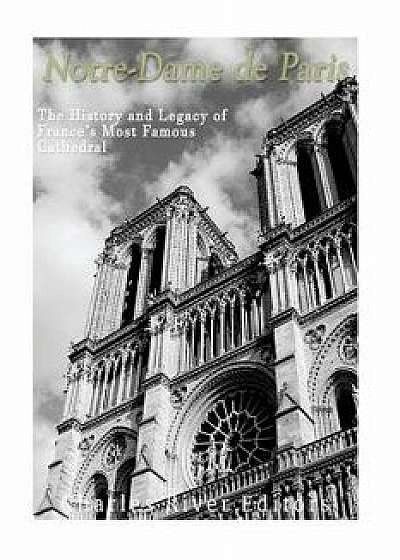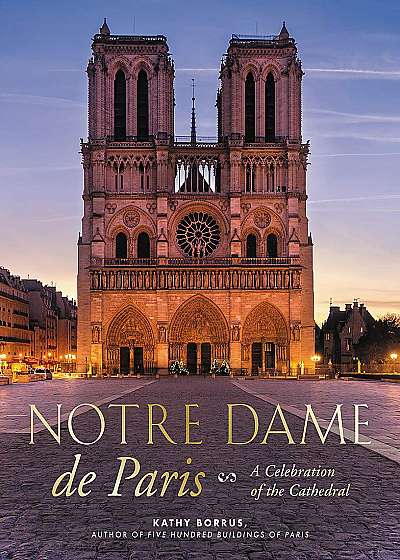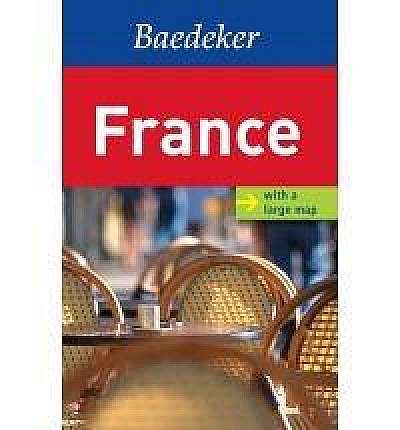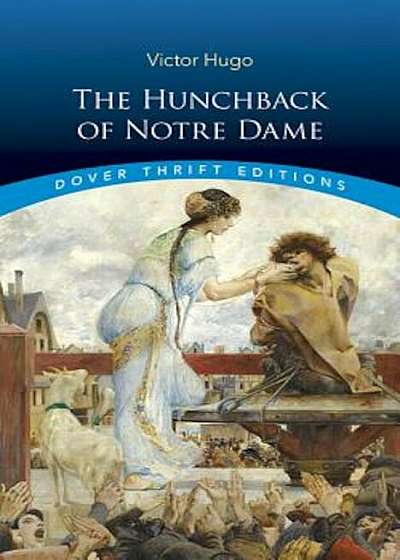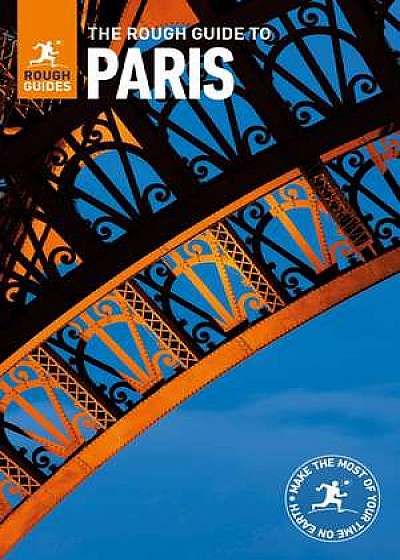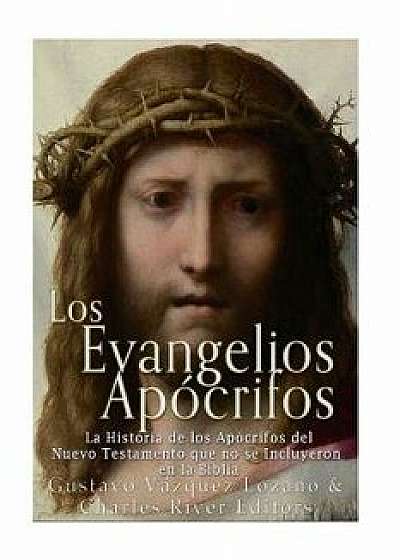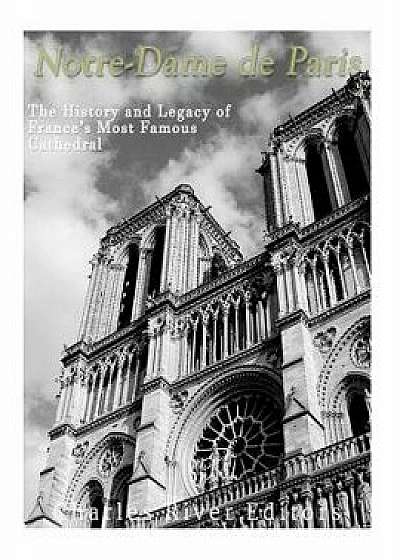
Notre-Dame de Paris: The History and Legacy of France's Most Famous Cathedral, Paperback/Charles River Editors
Descriere
Includes pictures Includes historic descriptions of the cathedral Includes online resources and a bibliography for further reading "Notre Dame de Paris, in particular, is a curious specimen of this variety. Every surface, every stone of this venerable pile, is a page of the history not only of the country, but of science and of art. Thus-to mention here only a few of the chief details-whereas the small Porte Rouge almost touches the limits of fifteenth century Gothic delicacy, the pillars of the nave, by their massiveness and great girth, reach back to the Carlovingian Abbey of Saint-Germain-des-Pr s. One would imagine that six centuries lay between that door and those pillars." With these words, the famous 19th century novelist Victor Hugo attempted to introduce his readers to the backdrop of his seminal work, later known as The Hunchback of Notre Dame. This, it should be noted, was not the name that Hugo gave to his work; instead, he called it simply Notre Dame, after the building in which he set it. This location was no accident, for, perhaps more than any other city in Europe, Paris has seen every kind of trouble and happiness that can befall a place. It may be called the "City of Lights," but it also frequently saw its leaders' blood spilled in the streets. It is the symbol of romance, but also a place where the famed Napoleon divorced the love of his life in order to have a son. It is famed for its art and culture, but it hosted Nazis during four long years of occupation. Most of all, it is a city of building up and tearing down and building up again, where life is ever-changing. Yet, in the midst of this history of turmoil and chaos, one place has survived largely unchanged, a symbol to Christian believers of the unchanging truths of faith. Notre-Dame has stood as a monumental, though silent, witness to much of Paris' history. As Hugo pointed out, "This generative Mother-Church is, among the other ancient churches of Paris, a sort of Chimera: she has the head
